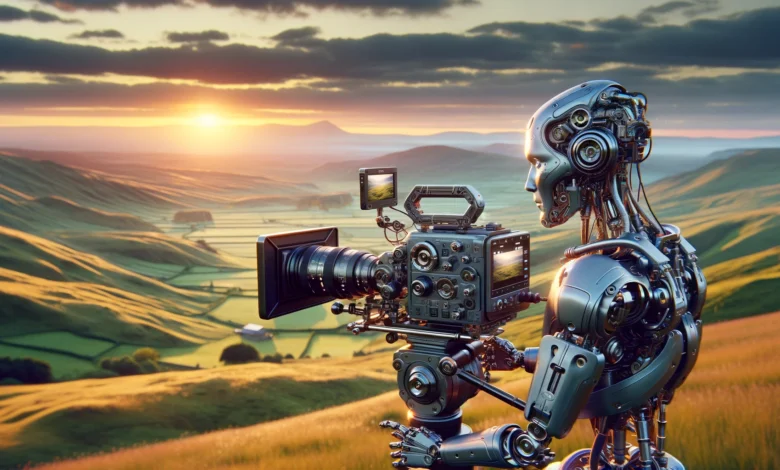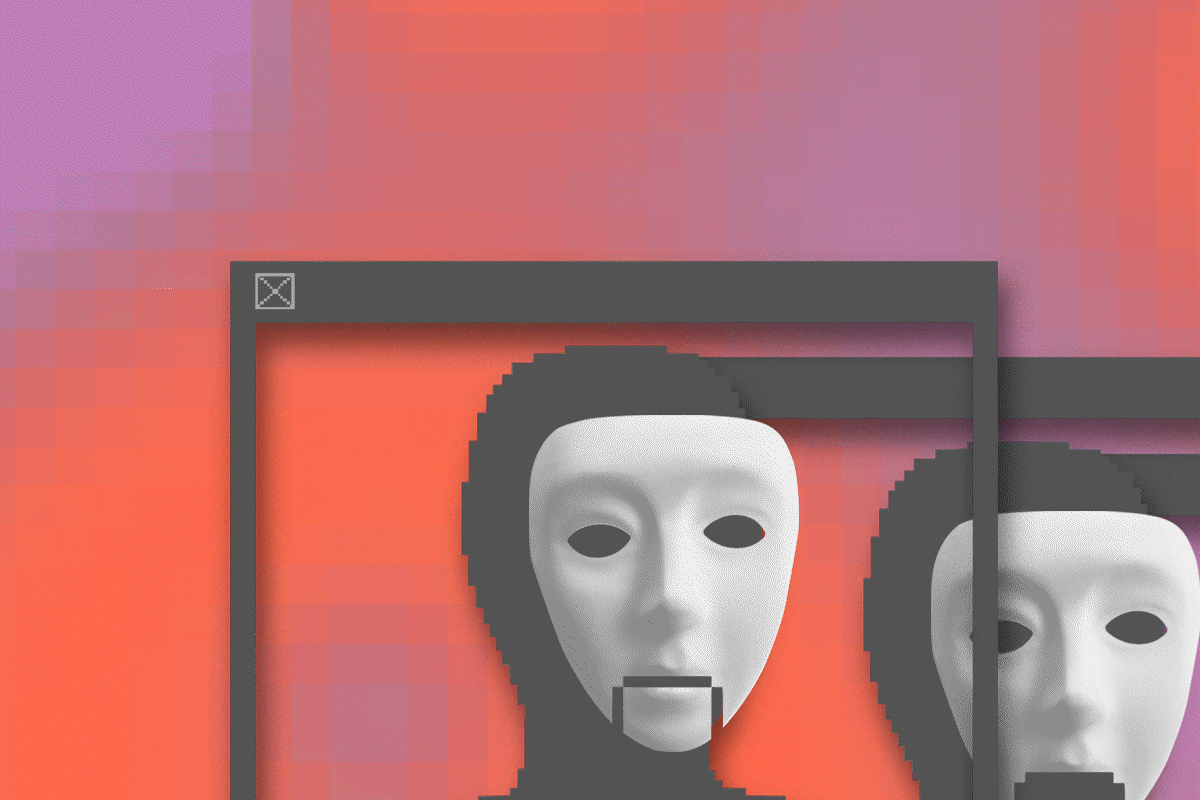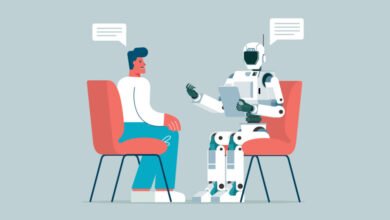How OpenAI's latest model can create stunning videos from text prompts

Have you ever wished you could create a video just by typing a few words? Imagine being able to turn your ideas into realistic and imaginative scenes, without any editing or filming skills. Sounds like science fiction, right?
Well, not anymore. Thanks to OpenAI, the same organization that brought us ChatGPT and Dall-E, we now have Sora, a text-to-video AI model that can generate videos up to a minute long, while maintaining high visual quality and adherence to the user’s prompt.
Sora is a breakthrough in AI and video technology, as it can simulate the physical world in motion, with striking realism and creativity. Sora can also extend, modify, and connect existing videos, creating new possibilities for storytelling and expression.
In this blog post, we will explore what Sora is, how it works, what it can do, and what it means for the future of video creation.
What is Sora?
Sora is an AI model that specializes in creating realistic and imaginative video content from text instructions. It can generate videos that last up to a minute, maintaining high visual quality and closely adhering to the provided prompts.
Sora is not yet available to the public, but it is being tested by some visual artists, designers, and filmmakers, as well as red teamers who assess its potential harms or risks.
Sora is a large-scale generative model trained on video data. It utilizes a text-conditional diffusion model that operates on spacetime patches of video and image latent codes. The model is capable of generating high fidelity videos of various durations, aspect ratios, and resolutions.
Sora’s success lies in its ability to unify all types of visual data into one representation, enabling large-scale model training. By compressing videos into a lower-dimensional latent space and breaking down the representation into spacetime patches, Sora can generate videos and images of various durations, aspect ratios, and resolutions. As a diffusion model, Sora is trained to predict the original “clean” patches from input noisy patches and conditioning information like text prompts. This diffusion transformer model has shown remarkable scaling properties across various domains, making Sora a highly scalable and effective tool for training generative models on diverse types of videos and images.
What can Sora do?
Sora is capable of doing some amazing things that no other text-to-video tool can do, such as:
- Creating complex scenes with multiple characters and simulating the physical world in motion.
- Chopping up visuals into bits called patches, and using them to whip up new videos.
- Changing a video’s setting, like turning a city scene into a lush jungle, just with a simple prompt.
- Connecting two totally different videos smoothly.
- Making a video loop perfectly or stretching a short clip into a longer story.
Here are some examples of what Sora can do, based on the prompts given by OpenAI:
A movie trailer featuring the adventures of the 30 year old space man wearing a red wool knitted motorcycle helmet, blue sky, salt desert, cinematic style, shot on 35mm film, vivid colors.
A gorgeously rendered papercraft world of a coral reef, rife with colorful fish and sea creatures.
Animated scene features a close-up of a short fluffy monster kneeling beside a melting red candle. The art style is 3D and realistic, with a focus on lighting and texture. The mood of the painting is one of wonder and curiosity, as the monster gazes at the flame with wide eyes and open mouth. Its pose and expression convey a sense of innocence and playfulness, as if it is exploring the world around it for the first time. The use of warm colors and dramatic lighting further enhances the cozy atmosphere of the image.
What are the challenges and implications of Sora?
Sora is not perfect, though. It can struggle with accurately simulating the physics of a complex scene, understanding specific instances of cause and effect, and confusing spatial details of a prompt. It also raises some ethical and social issues, such as the potential for misuse, deception, or manipulation of video content. Therefore, OpenAI is taking several important safety steps, such as engaging policymakers, educators, and artists around the world to understand their concerns and to identify positive use cases for this new technology.
Sora is a breakthrough in AI and video technology, as it can simulate the physical world in motion, with striking realism and creativity. Sora can also extend, modify, and connect existing videos, creating new possibilities for storytelling and expression. However, Sora also faces some challenges and limitations, such as the realism of its physics simulation, the ethics of its use, and the transparency of its data sources. Therefore, as we explore the wonders of Sora and other text-to-video tools, we should also be aware of the risks and responsibilities that come with this powerful technology. We should also appreciate the human ingenuity and collaboration that make this technology possible, and that will continue to shape its future evolution. Text-to-video AI is not just a tool, but also a medium, a language, and a vision. It is a way of seeing the world, and a way of showing ourselves.





